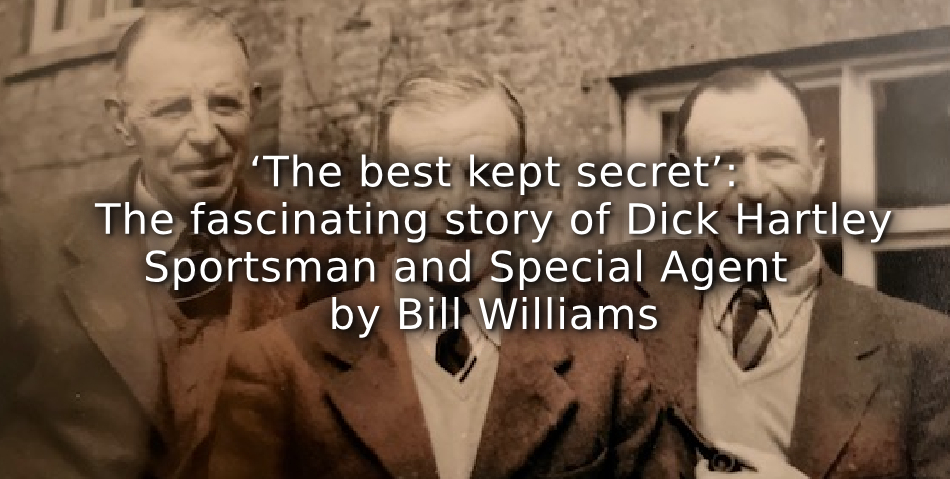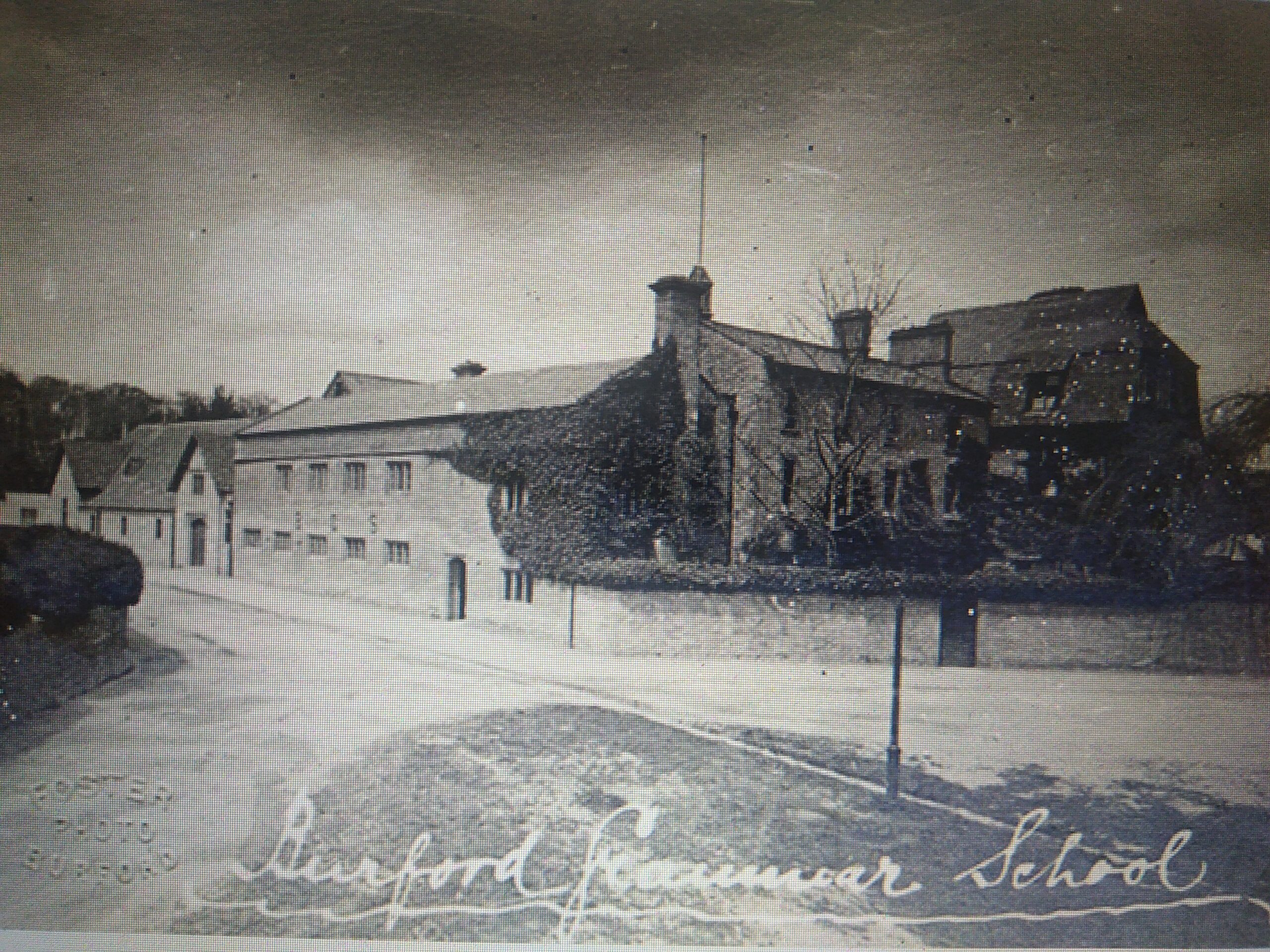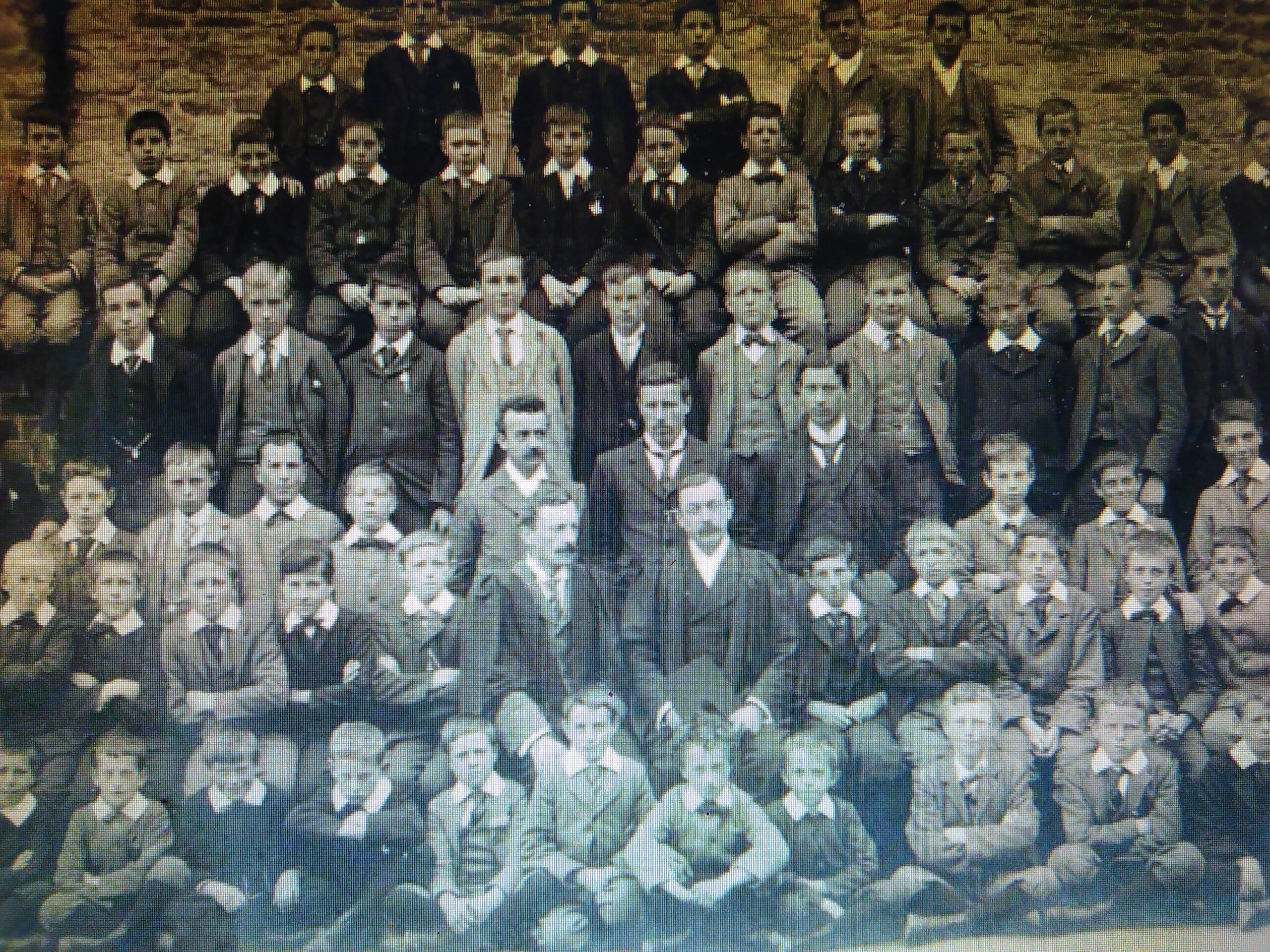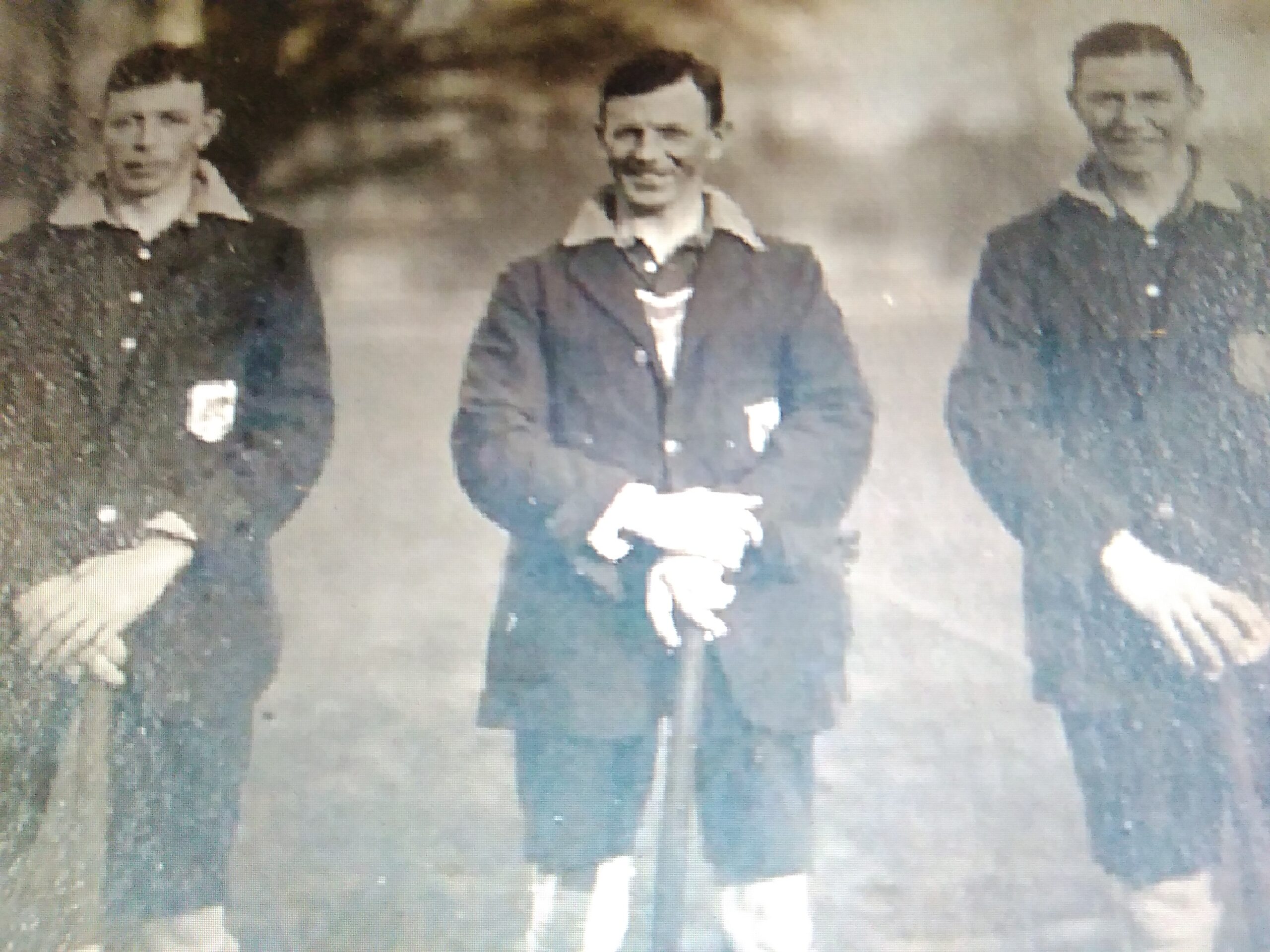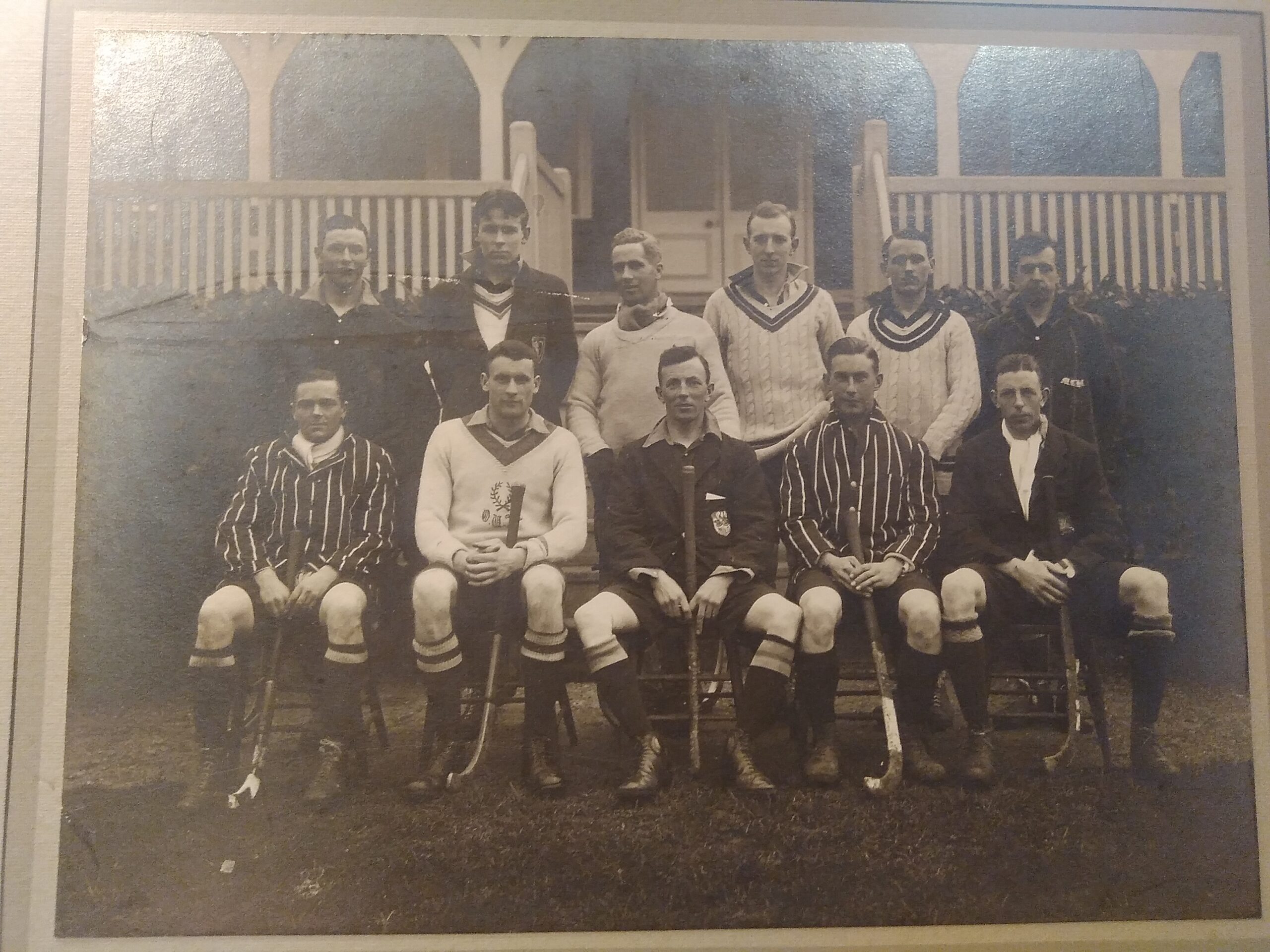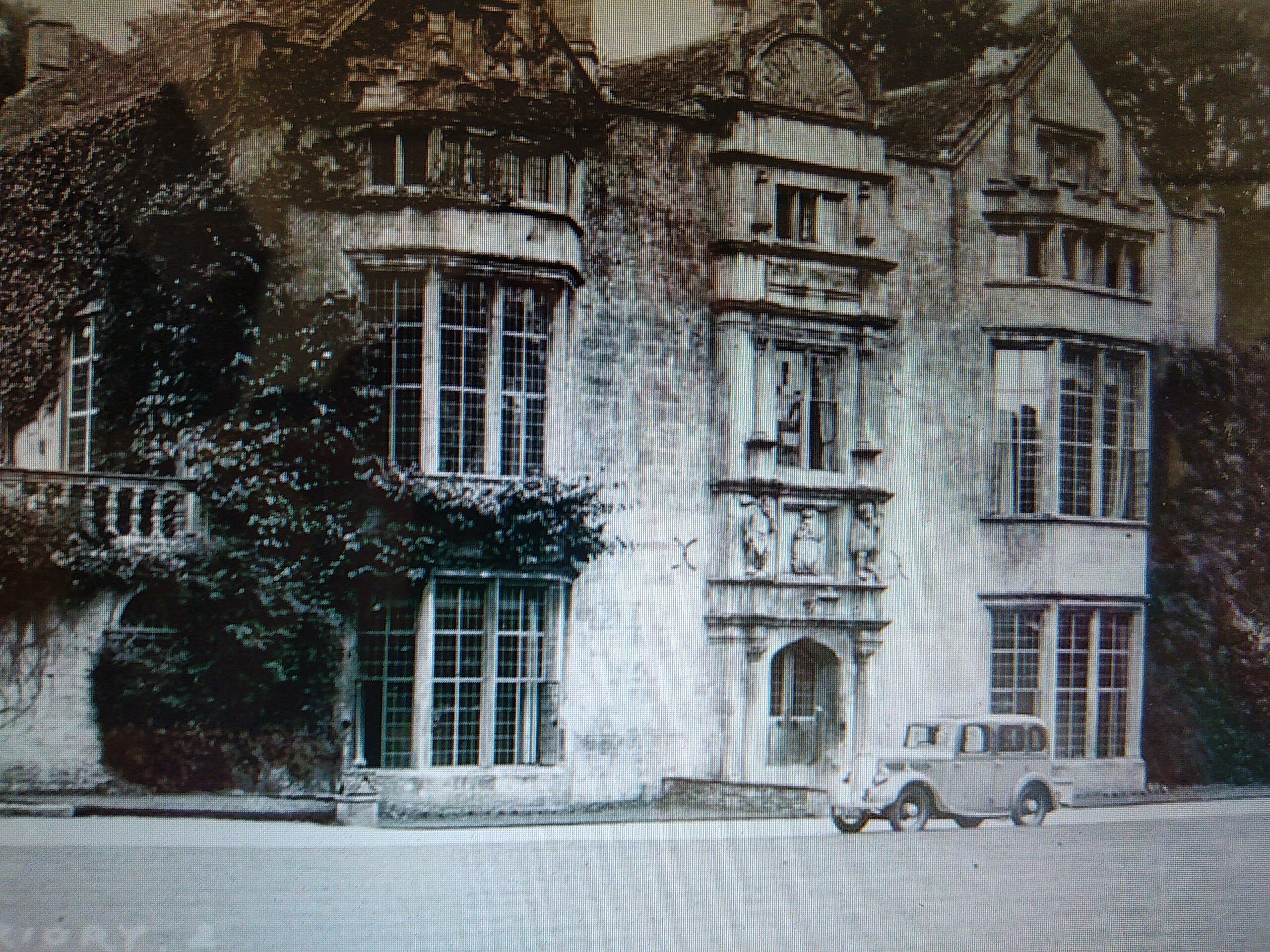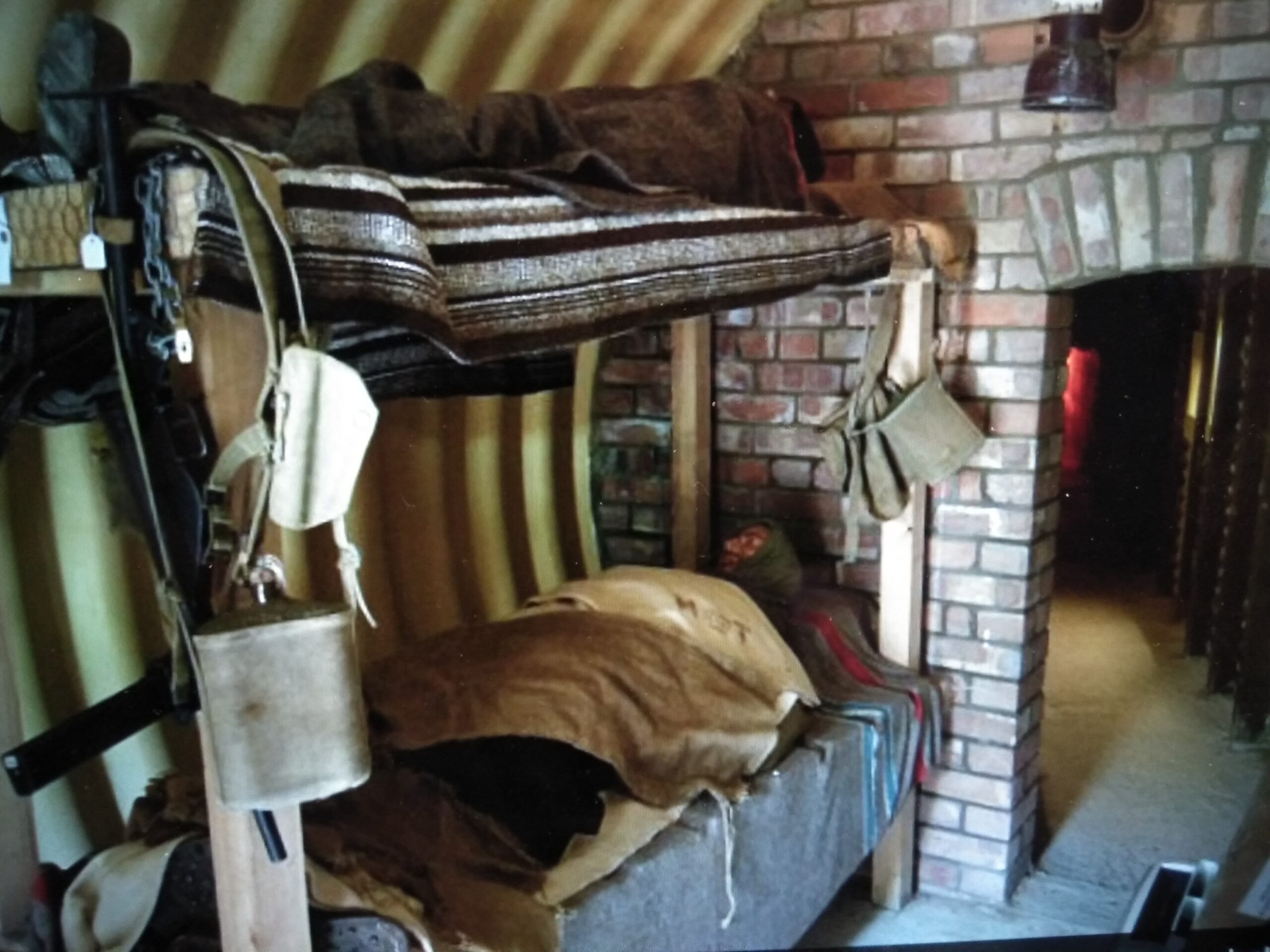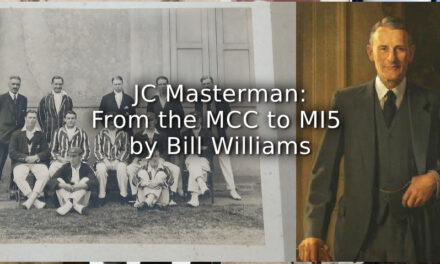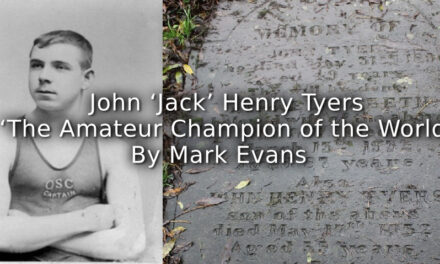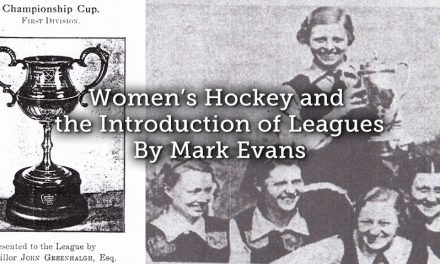As we approach the 80th anniversary of the ‘official end of WW2’ in September 2025, it is perhaps worth remembering that five years earlier, the war was in a crucial phase, as the Germans had achieved significant victories in Europe and were about to turn their attention to Britain.
A fascinating story has recently come to light about those dark days and information has now emerged about Dick Hartley, the former Oxfordshire cricket and hockey captain and farmer from West Oxfordshire, who it appears, was part of a covert group of men, based in Burford called ‘Section VII’, which was set up all over the country by MI6 in 1940, in preparation for an imminent German invasion.
Dick was part of a remarkable sporting dynasty who, along with his brothers, Ernest and Frank, had attended Burford Grammar School before WW1, after which the brothers all went on to play county cricket and hockey for Oxfordshire (Dick captaining both) and the Southern Counties. Frank would also become a professional footballer playing for Spurs and England, while Ernest would play international hockey for England, captaining the team on three occasions in the 1920’s.
- Burford Grammar School c 1895
-
Burford Grammar School pupils 1897
Dick is in the third row second from the right
Dick, the eldest of the brothers entered Burford Grammar School in September 1894 where it soon became apparent that he was an exceptional sportsman, gaining his ‘colours’ for football and cricket and being described as, ‘the best bat the school has had for many years.’
Burford was a country Grammar School founded by the Burford Corporation, led by a local merchant named Simon Wysdom in 1571 and by the end of the 19th century, had over one hundred boys on its role. The headmaster Mr H.F. Pigot, was a very keen sportsman and often played along side the boys for the 1st XI cricket team, which during the 1893 and 1894 seasons, also included the young Gilbert Laird Jessop (who would become the hero of the 1902 Oval Test match), who was a trainee teacher and games master at the school. Dick arrived in the Autumn of 1894 and missed Jessop by a term.
In 1905 he played at Lord’s for Oxfordshire against the MCC, which included the test bowlers, South Africa’s Ernie Vogler and England’s Walter Mead: ‘I remember going up on the train saying that I should like to score a 50 at Lord’s’, recalled Dick in a series of reminiscences written in 1974, ‘I scored 67.’
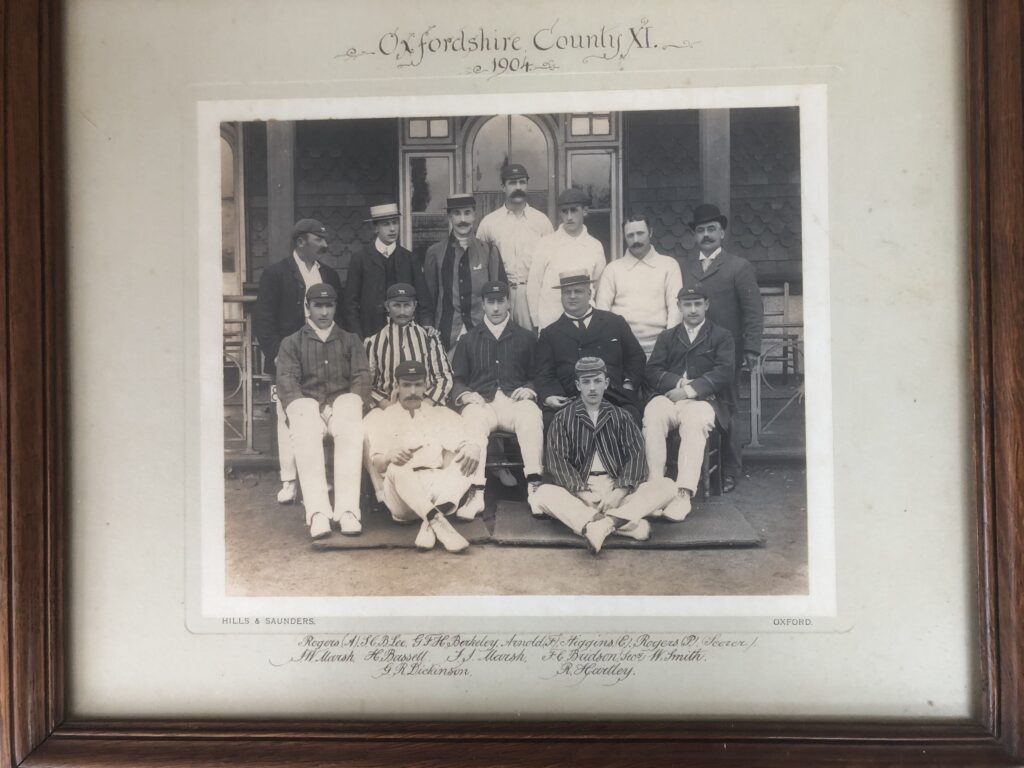
Oxfordshire County Cricket XI 1904
In a long career, he encountered many great international players, such as Gilbert Jessop, Wally Hammond, Jack Hobbs and Percy Chapman and reputedly played against W.G. Grace at Witney and was once described by the ‘great man’ as, ‘the best bat outside first-class cricket.
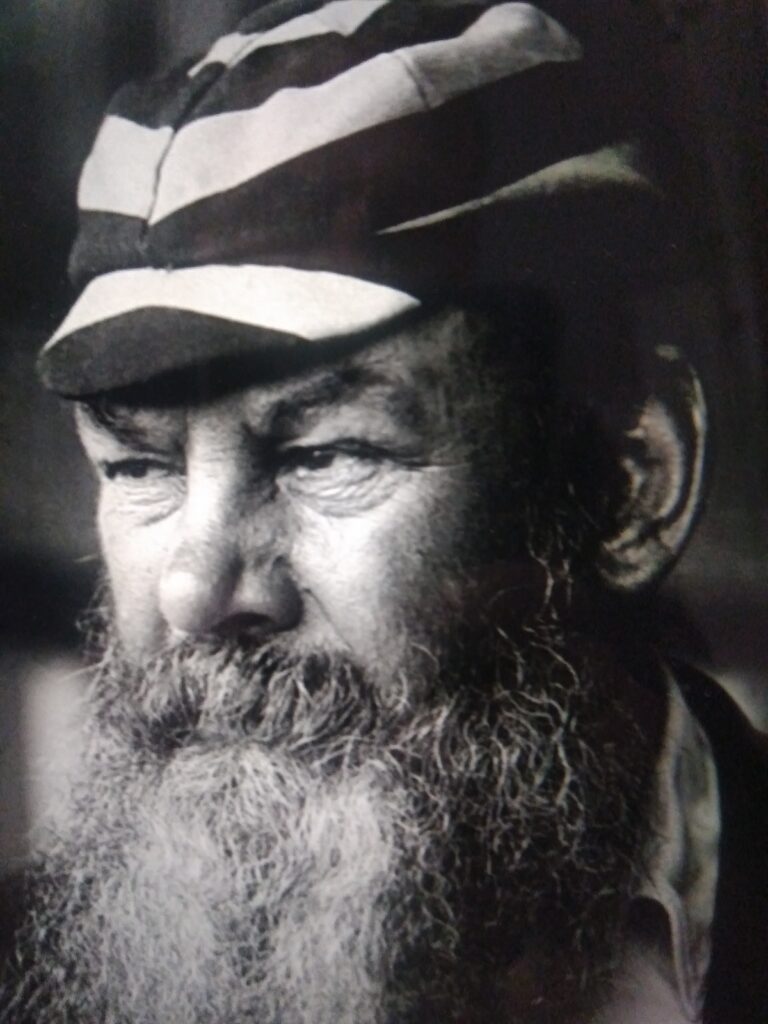
WG. Grace- who thought highly of Dick’s batting.
The cricket season of 1912 was arguably his most successful, where in 42 innings, he averaged 63 (including 6 centuries) with a highest score of 166. He played 19 times for Oxfordshire (several as captain) and also captained the 1st XI at Shipton under Wychwood Cricket Club between 1938 and 1940 continuing to play until 1948 when at the age of 65, scoring 74 in his final match he retired.
Dick also captained Oxfordshire at hockey and played for the Southern Counties, but was disappointed not to play for England alongside his younger brother Ernest, who played 17 times for his country. he did play for an ‘English side’ at the Munich Hockey Festival, where the team remained unbeaten, but never officially played for the national team.
- Frank, Dick and Ernest playing for Oxfordshire in the mid 1920’s.
- The Oxfordshire Hockey XI c 1923- with Dick as captain
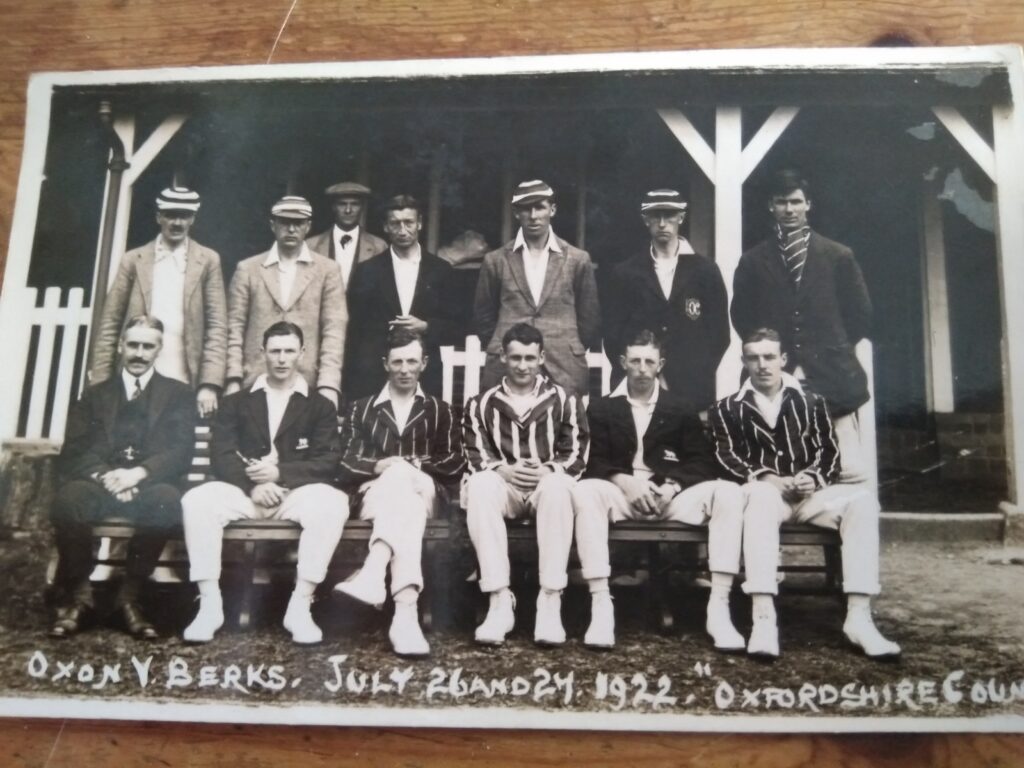
Oxfordshire County Cricket XI c 1922
which includes the three Hartley brothers
The town of Burford took its war preparations very seriously and in the event of invasion, pivoted trees covered with barbed wire could be rolled into place to block the roads. The town’s streets saw military vehicles and soldiers and it became a location for troop housing, with empty houses and other buildings requisitioned. Rations were introduced and local communities organised fundraising to help the production of aircraft, war weapons and warships, under the slogans of, ‘Salute the Soldiers and ‘Wings for Victory.’
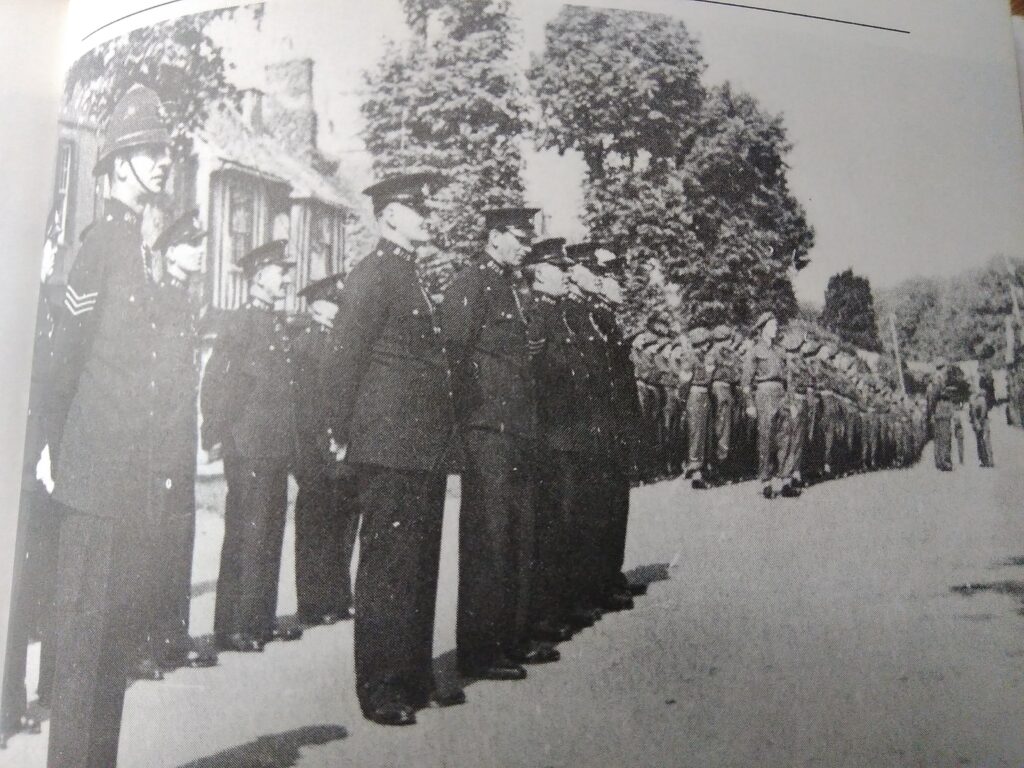
Burford High Street c 1940 preparing for invasion
Burford welcomed soldiers from various parts of the Empire, including Canada, Australia and New Zealand, each with their distinctive uniforms and a canteen was set up near the church, to provide food and refreshments.
However, unbeknown to the town’s inhabitants and army personnel, Dick and three other local men (Dr Cyril Cheatle, Garage owner Reg G Paine snr. and Captain ‘Jack’ Mitford, uncle of the infamous Mitford sisters who had grown up nearby), were being secretly trained to respond to German occupation and once defeated, would become operational and would carry out acts of sabotage and guerrilla warfare against the occupying forces.
Their base, a four- bed underground ‘bunker’, was discovered in the grounds of the Priory in Burford in the 1950’s by Reg Paine junior and his friends, but was filled in in the 1970’s. however the present owner, entrepreneur Matthew Freud, has discovered that the structure may have been encased in steel, presumably to withstand explosive blasts and potential attacks, although it is more likely to have been constructed from corrugated iron, as steel was far too valuable during the war to use on such a structure.
- The Burford Priory c 1940
- The Priory Bunker: How it may have looked before it was filled in in the 1970’s.
Training would have been on going from recruitment to stand down and the likelihood is that they would have been trained in and around their jobs and any other war roles they might have had and would have probably met up most weekends and some evenings to train and practice.
Members would have then collected information on the Germans and British collaborators and sent them back via wireless sets, possibly to the government in exile in Canada.
Dick’s role as a farmer fitted perfectly into this deception because despite being 57 years of age, he was still captaining the 1st XI at Shipton Cricket Club and was very fit for a man of his age. he was also a natural leader, known by family and friends as ‘The Guv’nor’, due to his experiences as a cricket and hockey captain and his tendency to take charge. Dick was also an experienced horse rider, having been a member of the Oxfordshire Yeomanry in his youth and he was also very adept with a rifle.
To add to this, in the 1920’s, Dick had played cricket and hockey alongside John Cecil Masterman, who in his autobiography On the Chariot Wheel (1975), described Dick and his brothers as ‘farmers and sportsmen of the best vintage and the doyens of Oxfordshire sport.’. He would become chairman of the Twenty Committee at the outbreak of war in 1939, whose primary aim was to turn German spies into double agents. the double- cross system was a remarkable apparatus of deception whereby captured German agents were induced to spy for the Allies. It is highly possible that he may have recommended Dick Hartley for the role he would undertake in Burford.
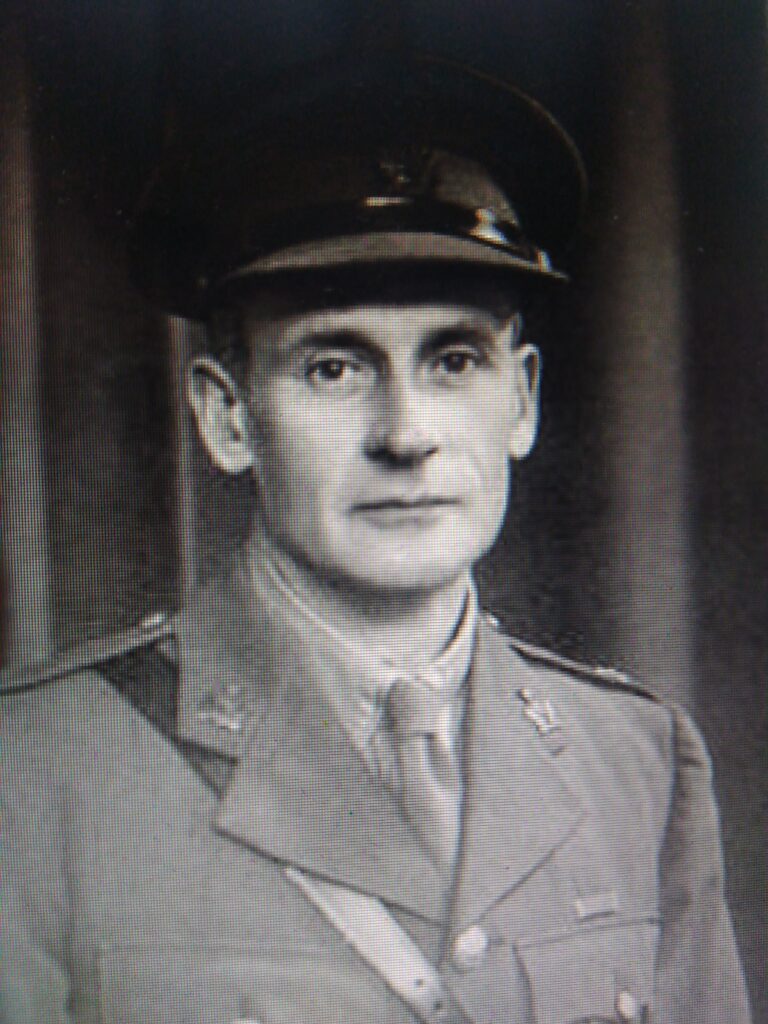
JC Masterman
Played hockey and cricket with Dick Hartley in 1920’s.and worked for MI5 during WW2
Andrew Chatterton of the Coleshill Auxiliary Research Team (CART), believes that:
‘Because of the secrecy surrounding Section VII, little is known about how they were recruited, but they tended to be those who could remain in their jobs, often useful in the workplace where it was not unusual to see people going out and about during a normal working day’.
The auxiliary units were stood down in November 1944, so we can assume that it would have probably been similar for Section VII, however, due to the level of secrecy surrounding the group, Chatterton suggests that it could have been continued after the war:
‘The groups had been whispered about for years after the war and since records were released in the early 2000’s, there has been an increasing knowledge and understanding of their role. The Special Duties Branch remains a relatively unknown aspect of Britain’s defences and Section VII has only become really apparent in the last ten years, but essentially we still know very little about them.’
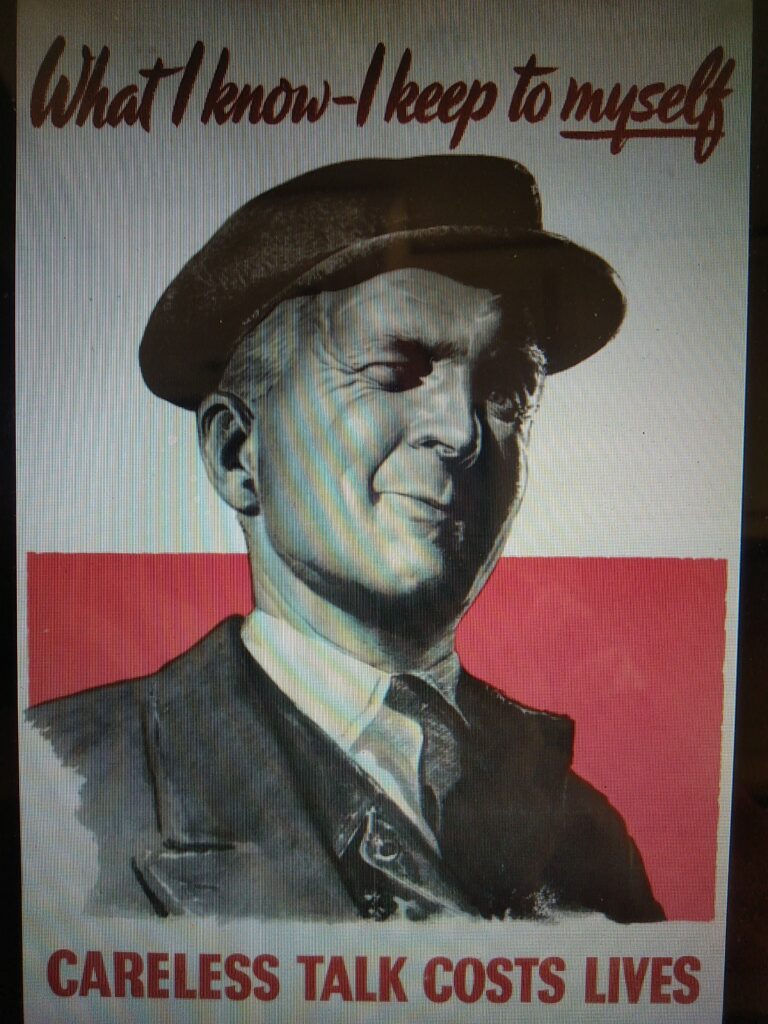
‘Careless talk costs’ lives poster. c 1939
Only once the auxiliary units had been defeated and the country occupied, would Section VII have become active and this fuller, longer- term resistance is why they were across the entire country rather than just coastal areas. However, the existence of Section VII was only revealed in a single paragraph of the official history of the Special Intelligence Services, by Keith Jefferey as recently as 2010.
Malcolm Aitken author of Fighting Nazi Occupation 1939-1945 published in 2015, has recognised their role and responded to finding out about ‘The Burford Cell’, by saying:
‘Many of the operatives like Dick Hartley, were middle aged men who had legitimate reasons for not being conscripted and whose occupation gave him a good reason to travel around the countryside. Personal contacts were also important with membership of the intelligence services often being family affairs, so the Masterman connection might be significant.’
Ultimately of course, the invasion never happened and the so-called cells were abandoned after the war, but Malcolm Aitken has no doubt about how important they were:
‘This would have been Britain’s true resistance organisation and was effective because it escaped the attention of Nazi spies during WW2.
Is it one of the last best-kept secrets of the war?’
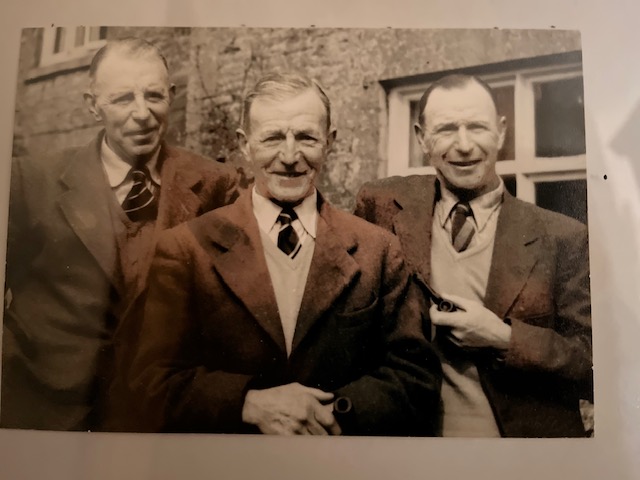
‘The Doyens of Oxfordshire Sport’
The Hartley brothers circa 1965
Ernest left, Frank right and Dick in the centre.
Article copyright of Bill Williams

